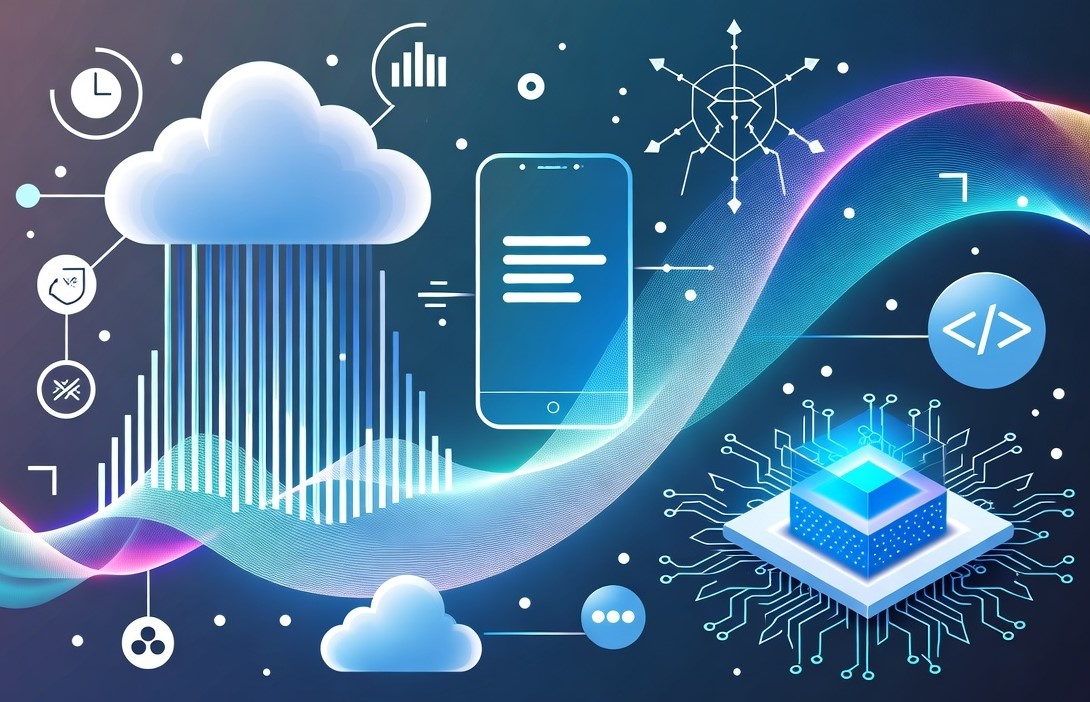Why Application Modernization Is Essential for Businesses

Modernization for Measurable Growth: Why Every SaaS Platform Needs API Control
Across the SaaS industry, many executives still run core systems built a decade ago. These applications may have served their purpose, but they now limit how fast companies can innovate, scale, or integrate AI. Application modernization is no longer a technical choice, it’s a business necessity for maintaining competitiveness in a cloud-driven, data-intensive market.
While modernization conversations often focus on speed and scalability, one aspect that deserves more attention is API metering, the foundation for controlling costs, usage, and monetization in modernized systems.
Why Application Modernization Is Essential for SaaS Growth
Modernization is about more than rewriting code. It’s the process of transforming monolithic, legacy applications into flexible, cloud-native, API-driven systems that can support new business models and technologies.
For SaaS companies, this transformation creates three critical advantages:
- Scalability without downtime: Modern architectures, built with microservices and containers, scale automatically with user demand, ensuring consistent performance even under heavy load.
- Integration readiness: Modernized systems connect easily with external tools and AI models through well-structured APIs, enabling data exchange and automation.
- Cost optimization and visibility: Through API metering and usage analytics, SaaS leaders gain precise control over resource consumption and can optimize infrastructure spending.
Without modernization, organizations remain locked in high-maintenance environments with limited visibility into performance or consumption metrics.
Why API Metering Is the Competitive Edge Most SaaS Leaders Miss
Modernization brings speed, yes, but API metering brings discipline. It transforms system performance into commercial intelligence.
API metering gives leadership teams clarity on three fronts:
- Revenue Control – When you know how customers and partners use your APIs, you can introduce pricing tiers, usage-based billing, or internal cost optimization without guessing.
- Operational Efficiency – Metered insights reveal which services drive demand and which waste capacity. It’s the bridge between infrastructure data and business performance.
- Strategic Planning – Instead of scaling infrastructure blindly, you can scale precisely, investing where utilization is proven.
For CEOs, API metering answers the question, “Are we charging accurately for the value we deliver?”
For CTOs, it answers, “Are we spending efficiently for the performance we need?”
Together, they define modernization not as a cost center, but as a profit discipline.
What Modernization Looks Like When Done Right
When Hakuna Matata Solutions partnered with GS1 India, a government-backed organization handling national-level product data, the challenge wasn’t simply modernizing. It was rebuilding trust in performance and scalability.
Their legacy platforms, DataKart and DataTrace, served thousands of participants across industries, but were limited by monolithic design and unpredictable infrastructure costs.
We approached modernization with a clear business metric: measurable improvement in transaction speed, stability, and cost efficiency.
Our approach included:
- Re-engineering both platforms with Angular, Node.js, and PostgreSQL, deployed on Azure Cloud
- Introducing an API-first architecture that improved interoperability and traceability
- Implementing API metering to monitor usage, performance, and cost efficiency across the ecosystem
The outcomes:
- 70 transactions per second at peak load
- 30% reduction in infrastructure costs
- Full traceability across supply chains for industries using GS1 standards
For GS1, modernization wasn’t about technology. It was about operational clarity, predictable cost control, and readiness for AI-driven scalability, results any SaaS leader can recognize as commercially decisive.
Why This Matters to SaaS Leadership
Modernization and API metering are not IT upgrades. They are business model enablers.
Every SaaS company now faces the same strategic pressure: to move faster without losing financial control.
That balance is impossible on legacy foundations. Without modernization, you can’t:
- Integrate AI or automation at scale
- Offer flexible pricing tied to API consumption
- Predict or control infrastructure costs
- Maintain performance parity across distributed user bases
Modernization allows growth without friction.
API metering ensures that growth is measured, monetized, and maintained.
The Modernization Equation for SaaS Executives
If you’re evaluating modernization now, the framework is simple:
Every decision to modernize should start with a revenue goal, not a technical one.
How Hakuna Matata Solutions Modernized GS1 India’s Legacy Platform
A strong example of this approach comes from Hakuna Matata’s partnership with GS1 India, a government-backed organization managing product data and traceability solutions across industries.
GS1’s legacy systems, DataKart and DataTrace, were facing scaling limitations and lacked real-time visibility across their operations.
Our modernization solution included:
- Rebuilding both platforms using Angular, Node.js, and PostgreSQL, deployed on Azure Cloud
- Introducing scalable APIs to improve interoperability
- Implementing API metering and monitoring to track usage across multiple industry participants
Results:
- Transaction speeds improved to 70 per second
- Infrastructure costs reduced by 30%
- Complete traceability achieved across manufacturing and logistics chains
This case illustrates how modernization and API metering work hand-in-hand, transforming outdated platforms into scalable, insight-driven ecosystems.
Read the GS1 India Modernization Case Study →
If your SaaS platform is carrying legacy weight, modernization isn’t about rebuilding, it’s about unlocking performance you already own.
Talk to Hakuna Matata Solutions about how modernization and API metering can convert your existing systems into measurable business growth.
Strategic Takeaways for SaaS Leaders
- Modernization is a growth enabler, not a cost center. It allows faster time to market and easier AI adoption.
- API metering converts modernization into measurable business value. It aligns engineering performance with financial performance.
- Start with critical systems first. Modernize the parts of your platform that directly impact revenue, user experience, or analytics capabilities.
- Adopt an incremental approach. Rebuild in phases to minimize disruption while maintaining stability.
- Use real-world success as a guide. The GS1 India example shows that measurable results are achievable with the right architecture and execution.
Closing Insight
For most SaaS companies, the systems aren’t failing, they’re just holding back more value than they reveal.
Modernization exposes that value. API metering quantifies it.
The combination gives leadership what they need most: clarity, technical, operational, and financial.

